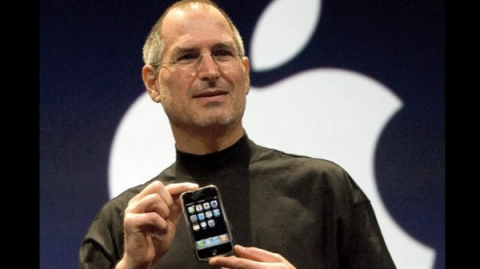
SAN FRANCISCO, United States (Reuters) — Apple Inc’s iPhone turns 10 Thursday (June 29), evoking memories of a rocky start for the device that ended up doing most to start the smartphone revolution and stirring interest in where it will go from here.
The very concept of the iPhone came as a surprise to some of Apple’s suppliers a decade ago, even though Apple, led by chief executive officer Steve Jobs, had already expanded beyond computers with the iPod.
Apple has sold more than 1 billion iPhones since June 29, 2007, but the first iPhone, which launched without an App Store and was restricted to the AT&T Inc network, was limited compared to today’s version. After sluggish initial sales, Apple slashed the price to spur holiday sales that year.
The iPhone hit its stride in 2008 when Apple introduced the App Store, which allowed developers to make and distribute their mobile applications with Apple taking a cut of any revenue.
A decade after launching into a market largely occupied by BlackBerry and Microsoft devices, the iPhone now competes chiefly with phones running Google’s Android software, which is distributed to Samsung Electronics and other manufacturers around the world.
Even though most of the world’s smartphones now run on Android, Apple still garners most of the profit in the industry with its generally higher-priced devices.
Ten years later, services revenue is a crucial area of growth for Apple, bringing in $24.3 billion in revenue last year. Fans and investors are now looking forward to the 10th anniversary iPhone 8, expected this fall, asking whether it will deliver enough new features to spark a new generation to turn to Apple. More than 2 billion people now have smartphones, according to data from eMarketer.







